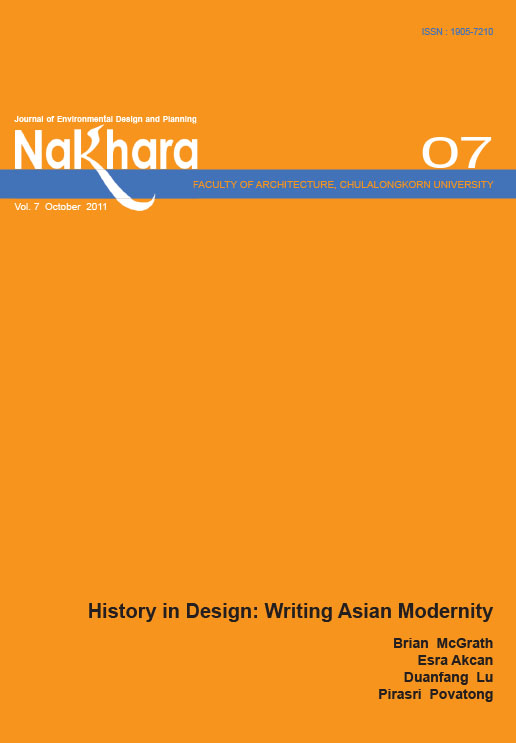Emergence of Open-spaces For Dense Dhaka: Searching for Solutions from Traditional Settings
Main Article Content
Abstract
In the traditional settlement patterns of Bengal, outdoor space has been hierarchically arranged and
the people of this area have habitually socialized in these spaces. This localized practice led to the
formation of a hierarchy of traditional outdoor places from small-scale indoor courts to large outdoor spaces for public gathering. In Bangladesh, a tropical country, open space carries an important functional and environmental purpose especially within the residential setting - both in rural and urban areas. But unfortunately, with the recent acceleration of development pressure in the urban areas and Euro-centric urban practice, the traditional sense of open space has been overlooked. Housing and other developments are overcrowded with towering living blocks without any open spaces left within them. In this context, this paper illustrates the meaning and purpose of open space in the context of Bangladesh and its role in improving environmental quality in residential areas for housing development. By referencing the past, the paper also established the importance of hierarchical traditional settlement and its integrated open spaces for a healthy living environment. Here it is emphasized how recent random development generating urban spaces and forms disregard cultural language. Finally, the paper will try to produce as a referential framework some credible approaches to integrate the sense and fi gure of open space within the built form
of Bangladesh following its cultural value.

